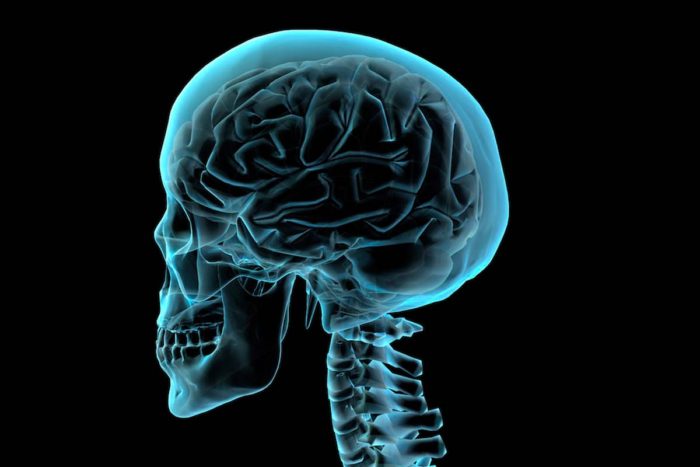Blast-related injuries detected in the brains of US military personnel
A US-German collaboration is using diffusion tensor imaging (DTI) to study soldiers diagnosed with mild traumatic brain injury after exposure to a blast

Neuroscientists at Washington University are using diffusion tensor imaging (DTI), which measures the diffusion of water through tissue, to examine US military personnel with mild blast-related traumatic brain injuries. The technique has revealed abnormalities in the brain’s centrally located white matter that have not been seen with other types of imaging.
An evaluation of 84 US military personnel evacuated to Landstuhl, Germany from Iraq and Afghanistan after exposure to many types of explosive blasts found abnormalities in 18 of 63 patients diagnosed with mild traumatic brain injury, but not among 21 injured in other ways.
Traumatic brain injuries are estimated to have affected as many as 320,000 military personnel in the wars in Iraq and Afghanistan.
The significance of the abnormalities seen in the military service personnel is not yet fully understood, says senior author David Brody, MD, PhD, assistant professor of neurology at Washington University.
Blast-related vs. milder civilian brain injuries
Researchers have used DTI to study mild civilian brain injuries previously. This study’s results suggest that there may be fundamental differences between blast-related traumatic brain injuries and the sorts of mild traumatic brain injuries sustained by civilians.
The collaborative study team included Washington University neurology researcher Christine MacDonald, PhD, who lived at Landstuhl for five and a half months to work on the study; Col. Stephen Flaherty, MD, (now retired); and Lt. Col. Raymond Fang, MD, of the military medical staff at Landstuhl Regional Medical Center.
Funding from the Congressionally Directed Medical Research Program and the National Institutes of Health (NIH) supported this research.






